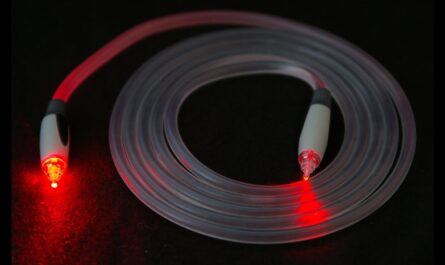History and Development of Hovercraft Industry
Hovercraft technology was developed in the mid-20th century. Among the early pioneers were British engineers Christopher Cockerell and Peter Murdoch. In 1959, an experimental hovercraft known as the SR-N1 was developed and tested over water in Britain. It demonstrated the viability of hovercraft transportation for the first time.
In the 1960s, hovercraft technology started gaining traction as a mode of transportation. Manufacturers like Saunders-Roe, Westland Aircraft, and Aerohydrodynamics International started mass producing hovercrafts for both military and civilian use. The British Hovercraft Corporation was established in 1966 for further developing and manufacturing hovercraft. This led to development of larger commercial hovercraft that could carry over 100 passengers.
During the 1960s and 70s, Global Hovercraft increasing civilian use for transporting passengers across bodies of water and over land. Specific routes developed between Dover and Calais, UK/France, and between Ramsgate and Ostend, Belgium. This helped popularize hovercraft as an alternative to ferries. Hovercraft technology also received interest for potential use in transporting cargo and military equipment due to its ability to travel over land and water.
Types of Hovercraft Industry
There are a few main categories of hovercraft based on size and purpose:
– Commercial passenger hovercraft: These are large hovercraft that can carry over 100 people. They are used for transporting passengers on scheduled routes across bodies of water and over land.
– Military hovercraft: Developed for transporting troops and equipment both over water and land with amphibious capabilities. They are generally larger in size for carrying more weight.
– Recreational hovercraft: Smaller hovercraft used for leisure activities like sightseeing tours. They can carry 6-12 people for recreational trips.
– Cargo hovercraft: Used for transporting freight, especially in areas difficult to access by other modes. They provide an alternative to air transport for moving bulky or heavy cargo.
How Hovercraft Works
The key technology behind hovercraft is their ability to operate over various surfaces through lift generation. Here are the main components that enable this:
– Skirt: Made of flexible rubber-like material that acts as a curtain around the perimeter. When inflated, it creates a cushion of air between the hull and the surface below.
– Fan(s): Large powerful fans located in the stern or multple locations that provide the necessary thrust to propel the craft.
– Payload compartment: Where passengers or cargo are transported. Located above the skirt and supported by air pressure rather than sitting directly on any surface.
– Engines: Typically small gas turbine engines that power the fans through ducted propulsion. Newer models use diesel or electric propulsion as well.
By directing a large volume of air under the skirt through the fans, a cushion of air is developed. This allows the hovercraft to float on the air cushion and be transported across various solid or liquid surfaces. Their amphibious nature comes from this ability to generate lift solely through aerodynamic forces.
Global Hovercraft Routes and Operations
Hovercraft saw growing use in several strategic global transportation routes due to their ability to travel over waterways quicker than ferries:
– United Kingdom: As mentioned, the English Channel route between Dover and Calais became a pioneering commercial hovercraft corridor carrying both passengers and cargo freight. Other UK routes included service to Ireland and between England and Scotland routes.
– Japan: Hovercraft provided a critical mode of transportation to remote islands along coastlines. Routes connected islands like Izu Ōshima to the main Honshu island helping develop tourism and transportation networks.
– United States: Hovercraft routes experimentally connected Baltimore to Delaware and Virginia along the eastern seaboard. Other short-lived experiments included service in Florida and between Washington state and British Columbia in Canada.
– India: Hovercraft service connected the urban centers of Mumbai and Nerul in Maharashtra, reducing travel time compared to road and ferry options. However, operations ceased in the late 1990s.
– Greece: Aegean Hovercraft was an operator providing service between islands like Mykonos and Delos helping tourism in the Greek archipelago.
With advancements in engineering, newer models of hovercraft can carry more payload weight over longer ranges. However, high operating costs relative to other modes have limited widespread commercialization of the technology globally. Niche operations continue primarily in areas not well served by other surface transportation options.
Hovercraft were developed as an innovative amphibious transportation technology in the mid-20th century. Though primarily deployed for military purposes initially, commercial operations emerged to connect locations across bodies of water or over land more quickly than alternative modes. While global use of hovercraft was limited compared to other surface transport like ferries, some strategic regional routes helped pioneer their application. Looking ahead, hovercraft or similar wing-in-ground effect vehicles may still offer potential solutions to enhance connectivity in remote or difficult to access areas with their unique surface traveling abilities.




